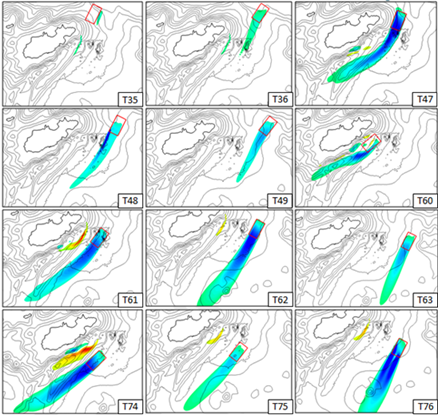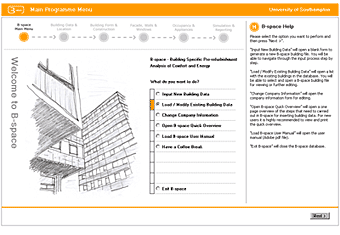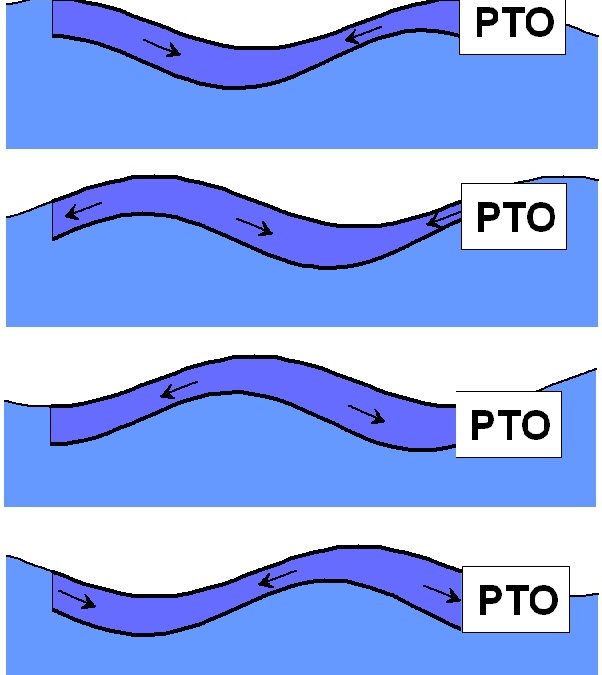
Project involves site-specific numerical modelling of hydrodynamic and sedimentary processes to assess the possible long-term impacts of a number of different tidal turbine array configurations.

In the UK many buildings, whether residential, commercial or industrial, are still single glazed and possess no or poor thermal insulation . However, as the work of ECCD has revealed, care needs to be taken when adding thermal insulation to existing buildings without addressing solar shading and ventilation issues at the same time. Adding thermal insulation and exchanging windows primarily optimises winter performance of the building. However, in commercial buildings in particular, which have high internal loads summer performance may be compromised.

ECCD was commissioned by the Institute of Civil Engineers to generate a report on the potential of heat recovery from centralised electricity generation in the UK.

The aim of this research is to develop a better understanding of the hydrodynamics of the device, and formulate a comprehensive and validated numerical with which to make more reliable estimates of full scale performance. Experiments will be carried out at scales of 1:20 and 1:10, with tubes of diameters 0.25m and 0.50m, at which rubber hysteresis losses will be proportionately much lower than at smaller scale.

In this project we plan to build an experiment that will for the first time allow us systematically to study the response of a cylinder which is excited by these two processes simultaneously. To do this, the downstream cylinder has to be mounted on a compound elastic system that has two natural frequencies in each direction: in-line with, and transverse to the incident current.






